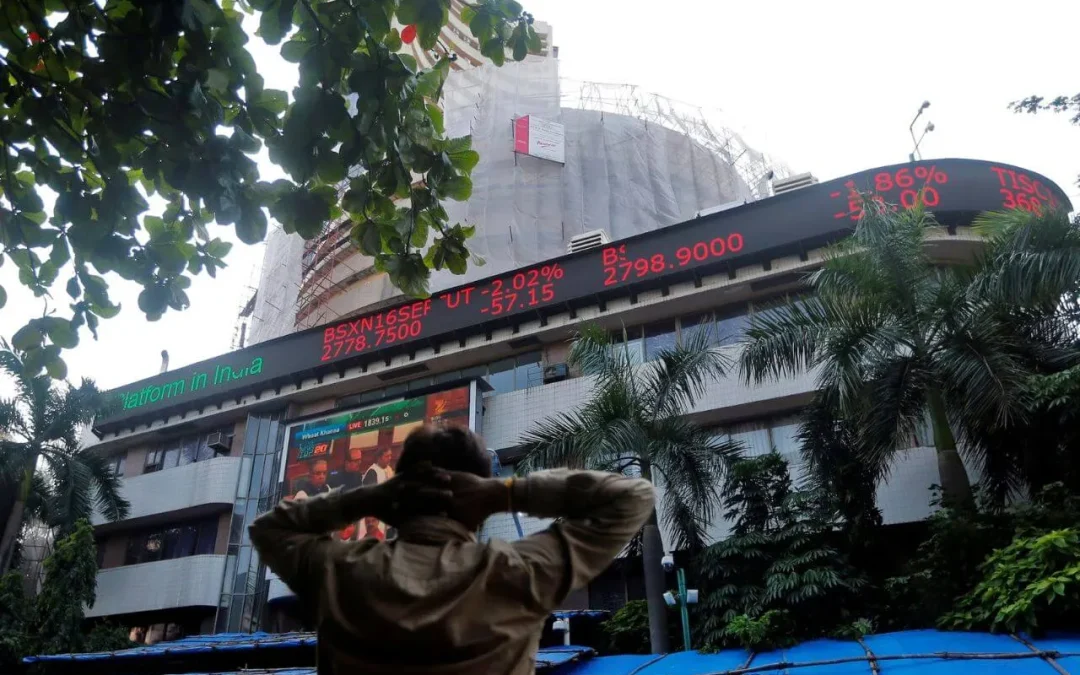The Pahalgam attack on April 22, 2025, had little immediate impact on the market, as it occurred close to closing time. The next day, however, the market opened strong at 24,357, up 190 points from the previous close of 24,167, and ended the session with a gain of 161 points at 24,328. Even when India launched an operation against terror bases in Pok on the morning of May 7, the market’s response remained muted, closing the day with a modest 35-point gain.
However, today we are seeing a huge sell-off in the Index with Nifty 50 falling to a low of 23,935, down 1.39 percent or 338 points from yesterday’s close of 24273. Nifty Bank Fell by 1.54 percent or 840 points to a low of 53,525 compared to yesterday’s close of 54,365.
The Advance Decline ratio for Nifty showed that 2,108 Stocks were trading in Red compared to just 358 stocks that were trading in Green. Additionally, KSE (Karachi Stock Exchange) 100 fell by 0.51 percent or 524 points.
Reasons for the Market Falling Today
The Indian stock market has reacted sharply to the recent escalation following Pakistan’s actions after Operation Sindoor. On May 8th, India’s defence systems successfully intercepted around eight missiles launched by Pakistan, which were reportedly aimed at military installations. Several locations across Jammu & Kashmir, Punjab, and Rajasthan came under attack during the night, heightening tensions and impacting market sentiment.
Nifty India Defence Index saw a surge of 2.25 percent, and its major constituents like BDL, Zentech and Paras Defence rallied well over 5 percent. Astra Micro and DCX India too rallied over 3 percent.
Support & Resistance Levels for Nifty 50
On the downside, Major Support levels are 23,790 to 23,680. On the Upside, Major resistance levels are at 24760 to 24860 levels, and a minor resistance, which Nifty has not been able to cross from the past 11 trading days, is from 24,400 to 24,520
Stock markets are often volatile during times of war or geopolitical conflict, as investor sentiment tends to swing with developments on the ground. However, history shows that while markets may react sharply in the short term, they typically do not suffer sustained declines purely because of wars or military tensions.
In many cases, after an initial drop driven by fear and uncertainty, markets stabilise and even recover as the situation becomes clearer or is contained. This pattern reflects the market’s tendency to price in worst-case scenarios early, followed by a focus on economic fundamentals and corporate earnings, which usually drive long-term market direction.
Written By Abhishek Das
Disclaimer

The views and investment tips expressed by investment experts/broking houses/rating agencies on tradebrains.in are their own, and not that of the website or its management. Investing in equities poses a risk of financial losses. Investors must therefore exercise due caution while investing or trading in stocks. Dailyraven Technologies or the author are not liable for any losses caused as a result of the decision based on this article. Please consult your investment advisor before investing.


